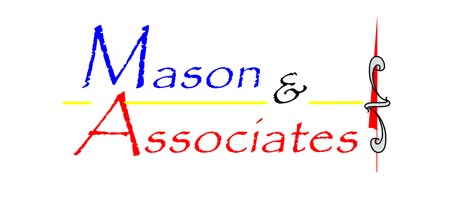You likely know land surveying is important. But do you really know what it is, and the difference between each type of survey? Most people think of land surveying in the most basic sense of drawing property boundaries. While this is an important part of their job, a land surveyor can actually perform a long list of other roles for a variety of industries, including land development and construction.
Having a better understanding of what exactly a land surveyor in Idaho can do for your project will help you to best utilize their skills. To help you get started, here are a few of the most common types of land surveys:
- Topographic survey: A topographic survey is used to determine the contours of a specified piece of land. In addition, it can also be used to identify any existing manmade or natural features on the property in question, such as buildings, trees or large rocks. Each feature is measured for its elevation and then represented as a contour line on a plot. Having a topographic survey completed by a registered land surveyor (also known as an RLS) is the first step of the planning process for any successful building or road project.
- Boundary survey: This is one of the most common types of surveys. Much like the name suggests, a boundary survey establishes the boundary of a property. You may find yourself in need of a boundary survey to settle a legal conflict or to determine the exact bounds of your property before building a new addition to your home. Not only will this allow you to know exactly where your property ends and begins, but it’s also a simple way to ensure the safe and legal completion of a civil engineering project.
- ALTA/ACSM survey: An ALTA survey is actually a combination of a topographic and boundary survey, as defined by the American Land Title Association and the American Congress on Surveying and Mapping. They’re most commonly used for projects involving a commercial property, as they adhere to a universal standard. The set standard of the ALTA survey ensures that the work meets a designated level of thoroughness.
- Construction staking: A new construction project begins long before the official groundbreaking. One of the first steps for a successful project is the construction staking. An RLS must properly stake the property to provide the entire construction team with reference points before they begin building. This is a key step when constructing new buildings, water systems, sewer systems and even bridges.
- Site planning survey: This type of survey combines both boundary and topographic surveys for the preparation of a site plan to be used for designing any land developments or building improvements. The site plan will include detailed information about the area and any proposed improvements. The local governing review board must review and approve this information before any work can begin.
Interested in speaking with an experienced land surveyor in Idaho before starting on your project? Contact the professionals at Mason & Stanfield, Inc. today to learn more about the different types of land surveying.
